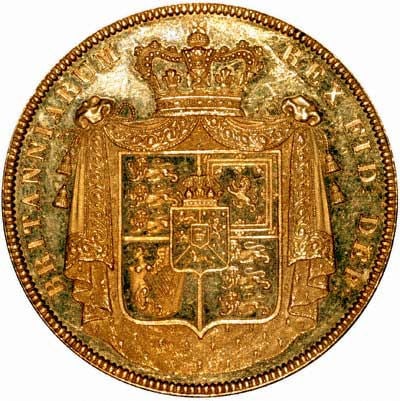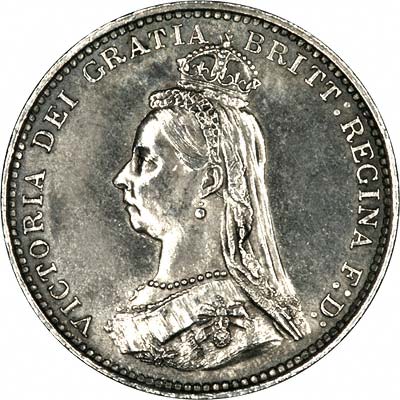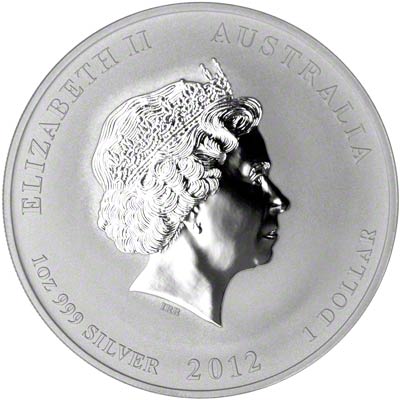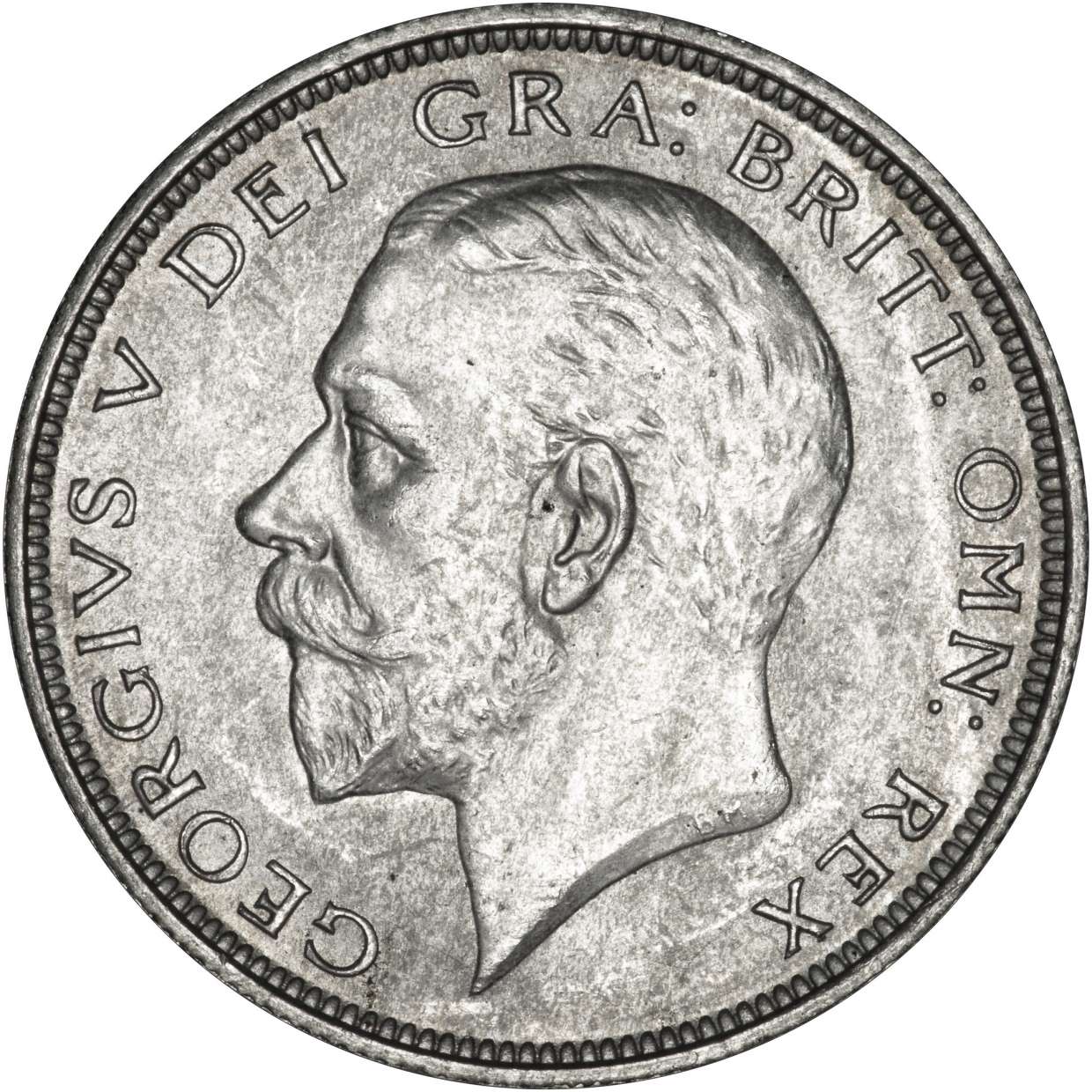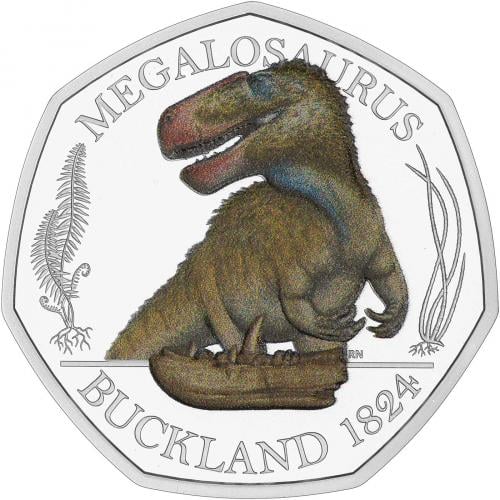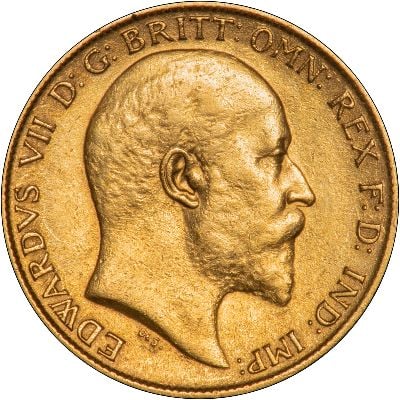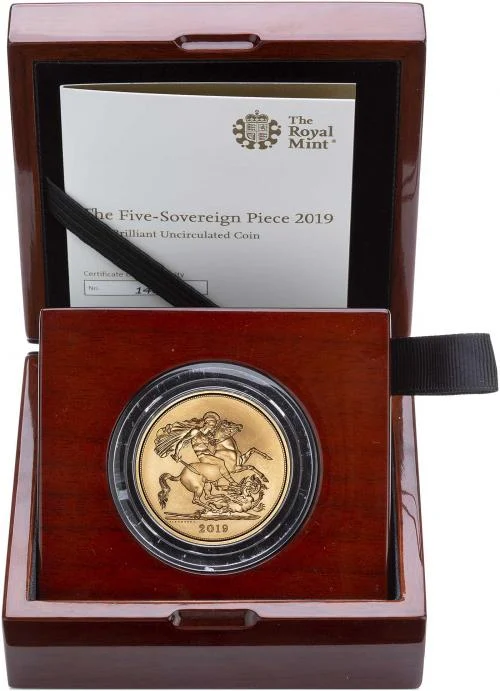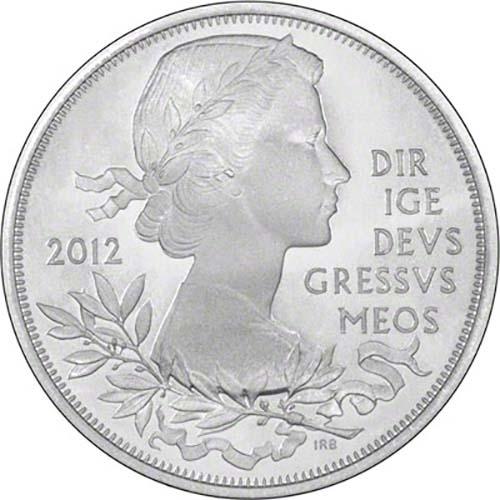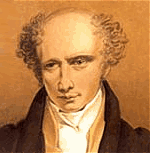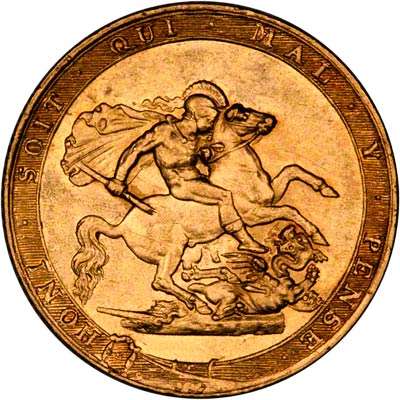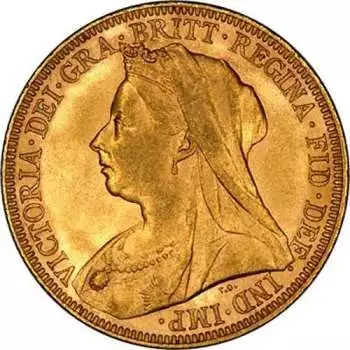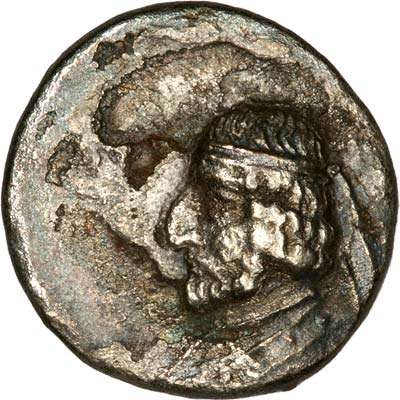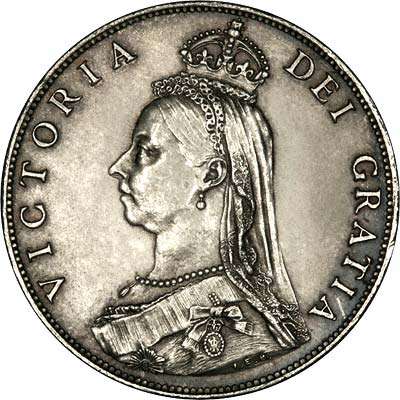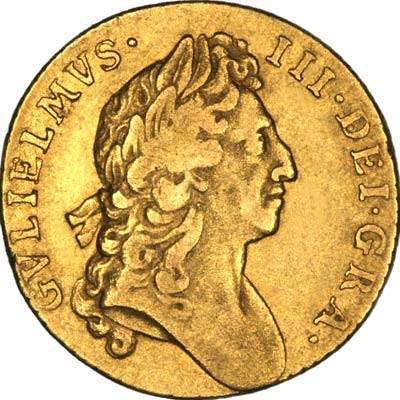Numismatic Jargon - Coin Terminology
Synopsis
Numismatics is full of jargon and terminology we appreciate can be difficult to understand and grasp.
We have produced a full table of terms with an explanation you may find helpful and informative.
If you are unable to answer your question and feel we need to update the table with more information please let us know on info@chards.co.uk.

Full A-Z List of Terminology, Jargon and a Real World Explanation!
| Word or Term | Meaning or Explanation |
| Aluminium | A lightweight silvery grey metal, atomic number 13, atomic weight 26.981538, specific gravity 2.7; discovered in 1825, and used for coins, usually as an alloy, since about 1900. |
| Anvil | The block of metal or wood used to hold the lower (obverse) die during striking. |
| Aurichalcum | A brass alloy containing copper and zinc, used in ancient coins; also called aurichalcum, orichalcum. Its name literally means gold copper, because of its yellow colour resembling gold. |
| Base | Non-precious metal such as copper, bronze, tin or steel, as opposed to precious metals such as gold, silver or platinum. |
| Beading | |
| Billon | A low grade silver alloy, usually below 50% purity, used for coins. Often naturally occurring. |
| Bi-metallic | Made of two different metals. |
| Blank | A flat piece of metal, usually a disc, before it is struck to apply the designs, thereby converting it into a finished coin. See planchet. |
| Border | The area between the main design and the rim or edge of the coin. |
| Brass | An alloy of copper and zinc, usually yellow in colour, therefore sometimes mistaken for gold. Brass was used by the ancient Romans for some of its base metal coins, and frequently used for counters and jetons in the late 18th century. |
| Brassage | The production or labour cost of coins, possibly from the French word bras meaning arm, as coins were originally hand hammered, and minters needed a strong arm. |
| Bronze | A base metal alloy of copper and tin, but other metals such as zinc are sometimes added. Bronze was the first high-tech alloy known to man. It was used from ancient Greek times, through ancient Rome, and is still used in modern times, although many modern "bronze" or "copper" coins are nowadays made of copper plated steel to reduce costs. |
| Brockage | A mis-struck coin showing two heads (or two tails), caused by failure to remove the previously struck coin from the dies before striking. A second coin receives an indented impression of the same side of the first coin. |
| Bullet money | |
| Bullion | Any coin used at or close to its intrinsic metal value. Relating to a coin used in such a way. |
| Bust | A head and shoulders portrait, usually of a monarch, on a coin. |
| Cash | A Chinese unit of coinage, usually base metal. Also any money in the form of notes or coins. |
| Cast | Made by pouring molten metal into a mould, rather than by striking. Some authentic coins (such as Celtic potins) have been cast, but it is a technique often used for low quality forgeries. |
| Chop | Chop marks are "privy" marks applied by bankers and other merchants, usually in or near China, denoting that the merchant has examined, tested, or otherwise accepted the coin. Usually applied using a small punch. |
| Circulate | To be used in trade, the purpose for which most coins are made. To be passed from hand to hand. |
| Clad | Clad coins are made from (usually) three sheets of metal, typically a base metal core with silver outer layers. |
| Clash | Dies are said to clash when they are allowed to come into contact with each other without a coin being present between them. Usually damages the dies, and leaves an impression of one upon the other. |
| Clipping | The act of removing the outer edges of precious metal coins, done for fraudulent or dishonest purposes with the intent of passing on the original coin at its full value while retaining the clipped part as a profit. This act was almost always illegal, and was often punishable by draconian measures such as death. |
| Coin | Any round token, usually made of metal, usually with distinctive marks, a fixed weight and value, and issued by a government to be used as money. To make pieces of metal into coins, usually by stamping them. |
| Coin Alignment | The obverse (head) and reverse (tail) sides of the coin appear upside down compared with the other side, when the coin is held at the top and bottom. then turned round; as opposed to Medal Alignment |
| Condition | The state of preservation of a coin, also known as its grade. |
| Conjoined | Joined together, usually used to describe two or more portraits, one behind the other. Examples include coins of William and Mary. |
| Collar | A retaining ring of metal used to stop the coin spreading when struck by the dies during minting. |
| Commemorative | A coin struck specially to commemorate a particular event. Originally most commemorative coins were issued for circulation, nowadays many commemorative coins are produced to sell to collectors. |
| Copy | Any coin produced with great similarity to another. Some countries produced their own copies of the successful coins introduced by other states. Also used to describe forgeries and counterfeits. Sometimes applied to genuine original coins, for example it could be said that the Royal Mint produced over 13 million copies of the 1997 two pound coin. |
| Copper | A metallic element. Since ancient times, one of the three main metals used for coins, along with gold and silver. It is also used in alloys of both gold and silver, to improve their working properties and their durability. Copper is also used with other base metals to form other alloys, such as bronze and brass, used for coins. Many "copper" coins issued during the past two centuries were actually made of bronze. Recently many "copper" coins have been made of copper plated steel. |
| Counter | A metallic disc resembling a coin, often used as a token in games of cards, see jeton. |
| Counterfeit | A false coin made in imitation of the real thing. Usually made at or about the same time as the original, and usually with the intention of being passed as the real original item at its full face or intrinsic value. A forgery. |
| Countermark | A mark applied to an older coin to modify its value or validity. A countermark will usually cover only a portion of the original coin, which can therefore clearly still be identified. |
| Counterstamp | |
| Cowrie | A species of marine mollusc, whose shells were used in Ancient China and elsewhere as a medium of exchange in a way similar to coins. Later, imitation cowrie shells made of porcelain or bronze were also used as currency. Today, their function has been replaced by other currency mediums, including coins. |
| Cupro Nickel | An alloy of copper and nickel which is silvery coloured, and since the early 20th century used to replace silver in coins. |
| Currency | An exchange medium used to facilitate trade. This term generally only applies to those forms of money used in the present, rather than coins and other forms of money which are no longer legal tender and/or are no longer used as an exchange medium. |
| Crown | A British coin originally valued at five shillings, later 25 pence, and since 1990 £5. Also any crown or dollar sized coins. Named because the original crown coins had a crown as a major part of its design. |
| Crown gold | 22 carat gold. The standard gold fineness used in British gold coins, including the sovereign. |
| Dandyprat | |
| Date | Usually the year in which the coin was minted, and which normally appears on the coin. On gun money the month of issue was also shown on the coin. |
| Debase | To reduce the amount of precious metal content in an issue of coins, thereby increasing the proportion of base metal contained. |
| Decimal | Monetary system whereby there are ten minor denominations to a major denomination. Also applied incorrectly to systems which have a hundred minor units per major unit. For example there are 100 cents in an American dollar. |
| Definitive | |
| Demonetise | To remove the currency status of a coin or bank note. This is usually done when an old coin design is replaced by a newer coin of the same type, which is usually cheaper to make as inflation increases production costs in relation to the old coin's face value. |
| Denomination | The nominal or face value of a coin, for example cent of pound. |
| Devalue | |
| Device | |
| Diameter | The dimension of a coin across its widest part in a line through its centre. Non-circular coins may have more than one value for their diameter. |
| Die | A piece of hardened metal engraved with a mirror image of a coin's design, used in pairs to produce coins by striking (pressing the coin between two dies). |
| Die number | Usually a small mark in the form of a number on a die, and therefore any coins struck from it, to show which die produced the coin. Probably used in experiments to determine the best form of treatment in the production of dies. Dies are expensive to produce, but can frequently break or wear causing delays and extra cost in production of coins. |
| Dodecagonal | Having twelve sides, for example the British brass threepences issued between 1937 and 1967. |
| Dump | In numismatic terms, this word is used to describe certain small, thick coins such as the early halfpennies and farthings of George I, and also the central disc punched out of a Spanish Dollar for use as currency in the Australian colonies. |
| Duodecimal | A coinage or monetary system having twelve minor denominations per major denomination, for example there used to be twelve British pennies to the shilling. |
| Edge | The outer part of a coin, usually at right-angles to the main two sides of the coin. |
| EF or Extremely Fine | A description of the grade or state of preservation of a coin, being lower than uncirculated but better than very fine. Americans abbreviate this to XF due to differences between the English and American languages. |
| Effigy | |
| Electrum | A naturally occurring alloy of gold and silver, used in the very earliest Greek coins. It's name comes from the Greek word elektron meaning amber, because of its pale yellow colour. |
| Electrotype | In numismatic terms, a replica coin, manufactured by electroplating metal on to a mould taken from a genuine coin. Electrotyping sometimes serves a legitimate purpose in creating a replica of a genuine coin, but is also used as a method of manufacturing fakes. |
| Engrailing | |
| Engraving | |
| Error | Any mistake in the design of a coin, and also the coin on which the mistake occurs. Sometimes caused by mis-pairing of dies to create a mule. |
| Essay | |
| Exergue | The part of a coin between the ground and the edge of a coin, often containing the date. |
| Exonumia | Medallions, tokens, and any similar objects resembling coins, which are not in fact coins. |
| Face | Usually short for 'face value', the normal currency, monetary, or denominational value of a coin. |
| Facing | The direction a portrait looks towards on a coin. As most are shown in profile, this means it faces left or right. When this direction is not stated, it usually means that the head or figure looks towards the viewer and away from the coin. |
| Fake | Any non genuine coin made in imitation of the real thing, usually with the intention to deceive. The term fake does not apply to pattern or replica coins. |
| Fantasy piece | A pattern coin or one made in approximate imitation of a coin, sometimes of a non-existent coin, usually produced for sale to collectors, and often very elaborate, artistic and attractive. |
| Field | The blank background area of a coin. |
| Fine | A description of a coin's grade or condition, coming below 'Very Fine', but above 'fair'. |
| Fineness | A measure of the proportion of precious metal in alloys. Sometimes expressed as a percentage, sometimes millesimally, it is otherwise understood to be a proportion of a unit. For example .999 means 0.999 out of 1, which is the same as 99.9% or 999 parts per thousand. |
| Flan | The whole of the coin, sometimes used, erroneously in our opinion, to describe the blank or planchet from which a coin is made. |
| Forgery | An imitation coin made to copy and be sold as an original, often later than the period of the original, and usually intended to deceive a collector for its rarity value in excess of its face, intrinsic or bullion value. A counterfeit. |
| Frosted | Having a textured surface as opposed to a polished one. Also called matt finish. |
| Ghosting | The faint appearance on one side of a coin of the design from the other side, usually caused by poor design or production methods. The amount of metal displaced by the design of one side is greater than that displaced by the other side, so that when the blank is struck by the dies, the metal tends to flow towards the "heavier" side, and away from the lighter side. A faint negative of the main features of the heavy side can be seen on the lighter side. Ghosting is noticeable on many British coins of George V, particularly in the earlier part of the reign. The portrait on the obverse of the coin was very large, and can be seen on the reverse of the coin. |
| Gold | A bright yellow metallic element used from the earliest days of coin production through to the present. It is inert to most chemical and atmospheric reactions, so that it does not normally tarnish or corrode. |
| Grade | A measure or description of the condition or state or preservation of a coin. |
| Grain | |
| Graining | |
| Ground | The baseline on which figures or other parts of a coin's design stand. |
| Gun money | A term used to describe the currency issues produced in the name of James II in Ireland from 1689 - 1691. So-called because the metal was partly derived from melted down cannons. |
| Hammered | A method or producing coins by holding a blank coin between two dies, and hitting the upper die with a hammer, usually with a single blow. Most ancient and medieval coins were produced by hammering. Later coins were made by the more efficient use of specialised machinery, and are usually known as milled coins. |
| Head | Usually used to describe the main (obverse) side of a coin, in most countries this carries the portrait of the ruler. As the space available on coins is limited, this portrait is often limited to the head or bust rather than full length. Can also describe a head or bust shown on any part of a coin. |
| Hoard | A quantity of coins, usually deliberately concealed or stored at some time in the past, and the same when it is subsequently discovered. |
| Hub | |
| Imitation | A forgery, counterfeit or replica coin which has been made to appear similar to another original coin. |
| Incuse | Incuse means "cut into", so that incuse lettering is lettering which is sunk into the coin as opposed to raised. |
| Inflation | A phenomenon whereby money loses its purchasing power relative to its face value over time, causing the prices of most goods and services to increase. When inflation occurs rapidly, it is usually referred to as 'hyper-inflation'. The opposite of inflation is known as 'deflation'. |
| Ingot | A bar of metal as cast before it is rolled, cut, and stamped into coins. Ingots themselves have also been used as coins or money. |
| Inscription | Any writing on a coin, but particularly as part of the main design rather than in the surrounding space near the border. |
| Intrinsic | The bullion value of the metal from which a coin is made. The intrinsic value may will vary with fluctuations in metal prices. |
| Iron | A metallic element sometimes used for coins. |
| Issue | |
| Jane | A small silver coin of Genoa imported into England by foreign merchants, especially in the fifteenth century. Also written jean; from Middle English jane, (cf. Middle Latin januinus), a coin, from Jean, Old French Genes, Jannes, etc., modern F. Génes, Italian Genova. |
| Jeton | A metallic disc similar to a coin or token, made for use in games, rather like a casino chip or board game "piece", possibly also used for accounting or tallying. |
| Knife | A type of money, usually cast bronze and knife-shaped, used in Ancient China. |
| Laureate | Being shown with a wreath of laurels on the head or in the hair. |
| Layered | A euphemistic word for plated. |
| Leather | |
| Legal tender | A precise legal term which is often misunderstood. It means a means of payment which a creditor should not refuse in payment of a debt. For most coins and banknotes there is a maximum amount which a creditor or other person is obliged to accept. |
| Legend | Lettering usually placed close to the border of a coin surrounding, but not part of the main design. |
| Lettering | Any inscription or legend on any part of the coin, including the rim or edge, usually excluding lettering which forms the main design such as a cypher or monogram. |
| Lustre | The sheen or particular colour or appearance seen on a new or as new coin as a result of it being struck during the minting process. Often referred to as "mint lustre". |
| Manilla | An ingot of metal often copper formed into an armband and used as money, mainly in parts of west Africa. |
| Medal Alignment | The obverse (head) and reverse (tail) sides of the coin right way up compared with the other side, when the coin is held at the top and bottom. then turned round; as opposed to Coin Alignment |
| Medallion | A piece of metal resembling a coin, but with no monetary value. Often issued as a commemorative piece. The term is often used interchangeably with the word "medal". |
| Metal | Any of a class of elements, or mixture of metallic elements, generally characterised by physical and chemical properties, including high conductance of heat and electricity, ductility, malleability, and lustre. Metallic elements can be replaced by the hydrogen of an acid to form a salt, and can form a "base" with a hydroxyl (OH) radical. Most coins are made of metal. |
| Milled | Made by specialised coining machines as opposed to hand hammering. |
| Mint | The name for a place where coins are made. Also used to describe an unused coin, or a coin in perfect or near perfect condition, as though is had just been manufactured. Mint condition. |
| Mintage | The quantity produced of any particular coin. |
| Mintmark | Any letter or other symbol placed on the design of a coin to identify the mint where it was manufactured. May also be used to describe other marks used by a mint for control purposes, such as the dating the coin (before coins had their year of issue inscribed on them) or identifying the mint officials responsible for its issue. |
| Modern issue | |
| Mule | A coin produced using an abnormal and erroneous die pairing. |
| New issue | |
| Nickel | A hard silvery coloured metal often used as an alloy with copper known as cupro-nickel. Also the name of a US five cent coin which actually contains about 24% nickel. |
| Numismatic | Relating to coins or the study of coins. |
| Numismatist | A person who collects, studies or deals in coins. |
| Obverse | The main side of a coin, usually denoting the issuing authority, often by portraying the monarch or head of state. Commonly called the "head" side or front (see reverse.). Normally the lower die which is embedded in the anvil. |
| Ornament | |
| Ounce | The name for several units of measurement. Of which the main ones are the avoirdupois and troy. Which are the equivalent of 28.3495231g and 31.1034768g respectively. The troy ounce is used internationally as the standard unit of measurement when weighing precious metals. |
| Overdate | One date struck over another on a coin, by repunching one date over the original date on the die. Usually to economise on die use at the end of a calendar year, but also to correct errors. |
| Overstruck | When a coin is struck on the flan of an existing coin, rather than a blank flan. Evidence of overstriking is sometimes seen on coins such as the 1804 Bank of England Dollars, which were struck over imported Spanish Dollars. |
| Patina | A thin film existing on the surface of a coin as a result of a chemical reaction of the surface metal to the outside environment. This often has the effect of increasing the aesthetic appeal of a coin and protecting it from further corrosion. |
| Pattern | A coin, official or otherwise, produced as a suggestion or trial for a new or replacement design denomination, size or some other innovation. |
| Pellet | |
| Penny | A sub-unit of the pound sterling, of which there were 240 old pennies to the pound sterling before decimalisation, and 100 new pennies to the pound sterling after decimalisation. Also a slang term for a US cent. |
| Pennyweight | A unit of weight equal to one twentieth of a tower ounce. |
| Piedfort | A specially struck coin which is much thicker and heavier than normal, often exactly twice the normal weight. From French, literally means heavy weight. |
| Pile | |
| Planchet | The American word for blank, applied to a piece of metal before it is struck by the dies to convert it into a coin. |
| Plaster | |
| Plastic | |
| Plate money | |
| Plated | |
| Platinum | A dense (heavy) silvery grey metal, atomic number 78, atomic weight 195.078, used by pre-Columbian South American Indians, and rediscovered in the 18th century. Its first use for coins was by Russia in 1828, following the discovery of large platinum deposits in the Ural mountains in 1822. |
| Plug | |
| Portrait | |
| Potin | A bronze alloy with a high percentage of tin. Used in the manufacture of some low denomination coins by British Celts prior to the Roman Conquest. |
| Pound | A term used to refer to several units of weight as well as a unit of value or currency. The currency unit 'pound sterling' is so called because it was originally equal to the intrinsic value of one tower pound of sterling (0.925 fine) silver. |
| Privy mark | Originally a small mark or differentiation in the design of a coin for the purpose of identifying the mint, moneyer, or some other aspect of the coins production or origin, for control purposes. Nowadays mainly used as a design and marketing feature. |
| Proof | A specially struck coin of superior finish, originally produced for approval of design and quality but also for retention by the monarch, the mint, museums or other interested parties, nowadays produced mainly for sale to collectors. Most proof coins have a highly polished mirror finish background contrasted against a matt finish on the raised parts of the design. The dies are specially prepared, as are the blanks, and the coins are often produced on special machines at slower speeds, with higher pressure, and double or triple struck to produce sharper definition. Some proofs are struck in different metals compared with the normal issue. |
| Provenance mark | A mark which shows the origin of the metal, usually gold or silver, from which the coin was produced. |
| Punch | |
| Pyx | A wooden box which contains, in England, coins produced by the mint, to be tested for weight and purity by the Goldsmiths Company of London in the annual "Trial of the Pyx". |
| Reeding | |
| Regnal year | The date as calculated from the start of a reign. On some coins this is shown on the edge, on others including come Islamic coins, all coins are dated with both the commencement date of the reign, and the regnal year, so the actual issue date of the coin can be found by adding the two together. As the start of a reign seldom coincides with the calendar year, there are often two regnal dates for each calendar year, and vice versa. |
| Replica | A realistic and relatively faithful copy of a genuine original coin, usually produced for collectors, educational use, or other legitimate purposes, and usually differentiated in some way from a forgery intended for fraudulent use. |
| Reproduction | As for replica, except that a reproduction may be of inferior metal, or less realistic in some other way. |
| Restrike | A coin struck after the original date of issue, and backdated, usually by the original issuer as an official issue, but also unofficially. Also usually identical to the original, but sometimes differentiated by mintmarks or other small design changes. The term restrike is often used euphemistically, misleadingly or fraudulently referring to a counterfeit, also to a fantasy near-copy. |
| Reverse | The secondary side of a coin, often called the "tail" side. The upper die during striking. |
| Rim | |
| Seigniorage or Seignorage | The tax or charge made by a government or mint for minting and supplying coin. |
| Serrated | A toothed, rather than plain edge. The use of edge serrations in coin manufacture is intended chiefly to discourage clipping and counterfeiting. |
| Shroff mark | |
| Siege money | A term used to describe currency issues produced for circulation within besieged towns or cities when access to a supply of official issues was cut off. |
| Silver | A shiny grey reflective precious metal used from the beginnings of coinage to the present day, although now largely replaced by base metal. |
| Spade | Referring to the shape of a shield occurring in the design of a coin. British "spade', sometimes 'spade ace' guineas are so called for this reason. |
| Specimen | An example of a coin, often a specially produced coin with a superior finish produced for sale to collectors. The Royal Mint prior to 1970 called its proof sets "Specimen sets"; nowadays this causes confusion. |
| Steel | An alloy of iron with other metals and carbon, having a range of properties, and usually very durable. During the last century, steel coins were often introduced as emergency economy measures, but are increasingly being used for low value coins, often copper plated. |
| Sterling | Used to describe the British pound. Also a standard for silver which is 92.5% pure silver used in coins and jewellery. The two meanings are closely associated as sterling silver has long been the standard alloy used for British silver coins. The term 'pound sterling' has and still is used to refer to British money made of gold or paper. |
| Stone money | |
| Struck | Relating to the method of production of coins by pressing them between dies as opposed to casting. Originally the (reverse) die, or the trussell holding it, was struck by a hand held hammer |
| Sword | |
| Tael | |
| Tail | The popular term for the reverse side of a coin, as opposed to the head or obverse side. |
| Tarnish, Tarnishing | Another word for toning, which occurs naturally to most coins, except that tarnish has a slightly more negative overtone. |
| Tical | |
| Tin | A soft grey metallic element which has occasionally been used for coins, and is also a constituent of bronze which has often been used as a coin alloy, and often wrongly called copper. |
| Token | Any item, but often resembling a coin, with an exchange value, usually privately issued as opposed to an official government issue. At times issued by businesses to relieve the shortage of official coinage for small change. |
| Tone, Toning | Another word for tarnishing, which occurs naturally to most coins, except that tone has a slightly more positive overtone. |
| Touch piece | A coin pierced for suspension around the neck as an amulet, often presented by a monarch to the recipient. This arose from the belief that monarchs could cure certain diseases including scrofula. The coin would normally bear the portrait of the monarch so that the piece could take the place of the monarch. It is likely that a touch piece would have become a status symbol as it showed that the wearer had received the monarch's touch. It is also likely that the wearing of mounted coins was copied as a fashion item. |
| Tournois | Of or relating to the French city of Tours. The terms livre tournois, gros tournois, and denier tournois, therefore mean a Tours pound, "large", and penny respectively, or a coin struck to the same standard. The Scottish denomination turner is undoubtedly a corruption of tournois. |
| Trade coin | Any coin intended for foreign trade rather than domestic circulation, often intended to circulate based on its bullion value, usually in foreign countries rather than its country of issue. |
| Treasure | Any old gold or silver coin or other object which has been found together with others in a hoard. In Britain, to qualify as "old" an item usually needs to be over 300 years old, occasionally 200. The precious metal content can be as low as 10% by weight. Single items are excluded. There is a precise legal definition in the "Treasure Act 1996", which replaces the old "Treasure Trove" laws. |
| Trial | Usually as in "trial piece", any coin often including patterns, made in a different metal from the normal production metal, and produced to test the dies or preview the design. Lead is often used as it is very soft, and trial pieces are normally struck before the dies are completed and hardened, so that minor changes can still be made before the dies are hardened. |
| Troy | A system of weights used for precious metals. A troy ounce weighs 31.1035 grams, and there are 12 troy ounces per troy pound. |
| Truncation | A cutting off point, often where the neck of a portrait slopes sharply to join the flat background part (field) of the coin. |
| Trussel | The upper die which is placed over the blank and struck with a hammer, and bears the design for the reverse of the coin. |
| Type | A coin with a particular combination of obverse and reverse designs and descriptions. ignoring minor variations, mintmarks and dates. |
| Uncirculated | Literally, this means that a particular coin has not been in circulation, but normally it describes the grade of a coin, a coin which is in mint condition. Please note this does not mean perfect, as most coins have scuffs and minor scratches, knocks and imperfections through the mass production methods used to produce them. |
| Uniface | Having a design on only one side, the other side being plain. |
| Variety | A coin which has a slightly different design from other coins of its type. The difference is often imperceptible without close inspection. Any coin which has such a design difference. |
| VF or Very Fine | A recognised description for the grade of a coin, being between 'Fine' and 'Extremely Fine'. |
| Wampum | |
| Wire money | |
| Wood | |
| Year | |
| Zinc | A metallic element sometimes used in the manufacture of coins, either as part of an alloy, or as a coating to galvanise a coin made of a metal or alloy which is particularly susceptible to corrosion (e.g. steel). |
Related Blog Articles
This guide and its content is copyright of Chard (1964) Ltd - © Chard (1964) Ltd 2025. All rights reserved. Any redistribution or reproduction of part or all of the contents in any form is prohibited.
We are not financial advisers and we would always recommend that you consult with one prior to making any investment decision.
You can read more about copyright or our advice disclaimer on these links.


